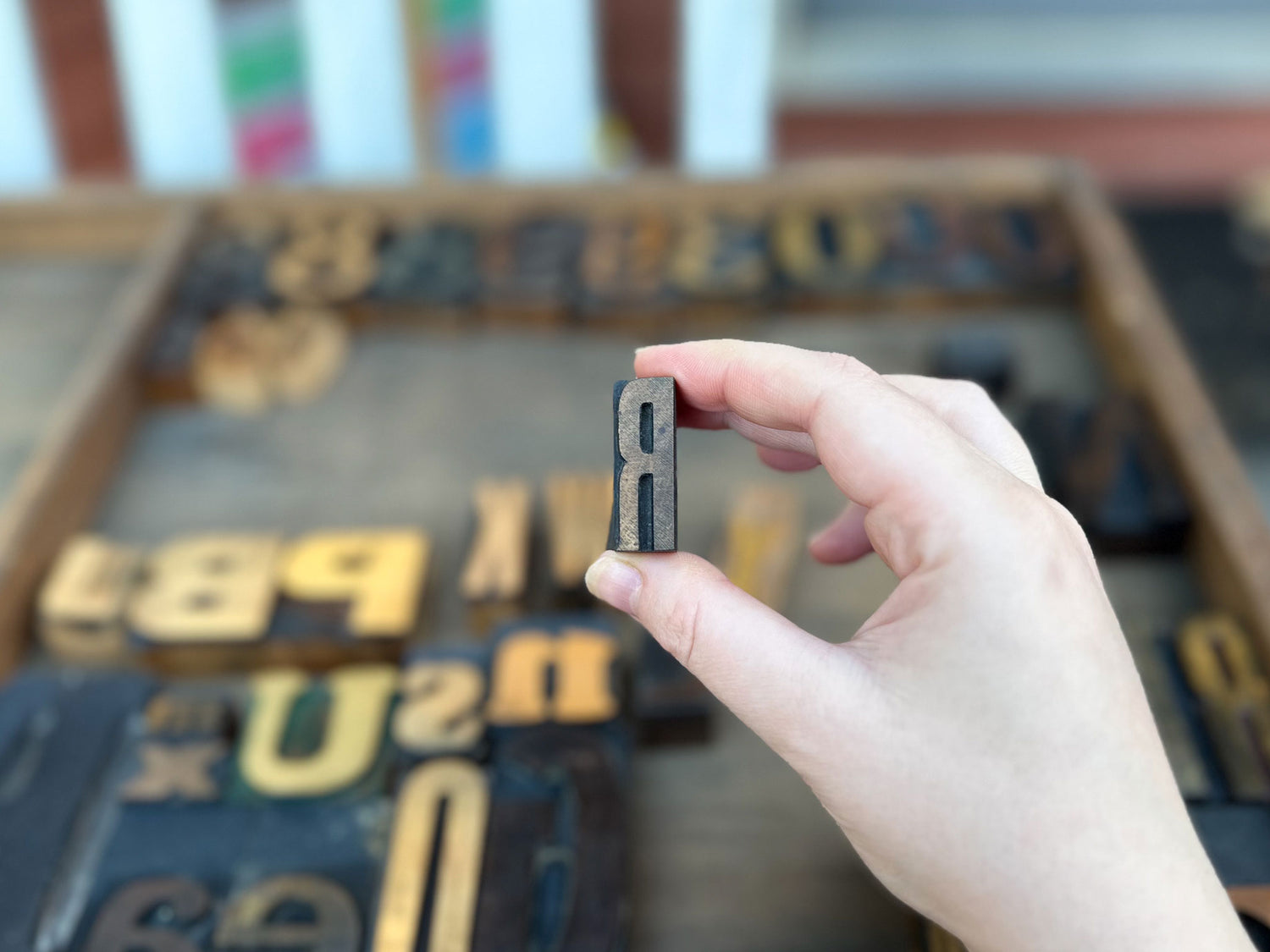
What Is Letterpress?
Letterpress is a technique of printmaking that primarily uses individual movable type characters that are arranged into words and phrases to form a composition. These characters are typically made of wood or a lead alloy.
Pictured here is a wood type uppercase "R" in a condensed sans serif.
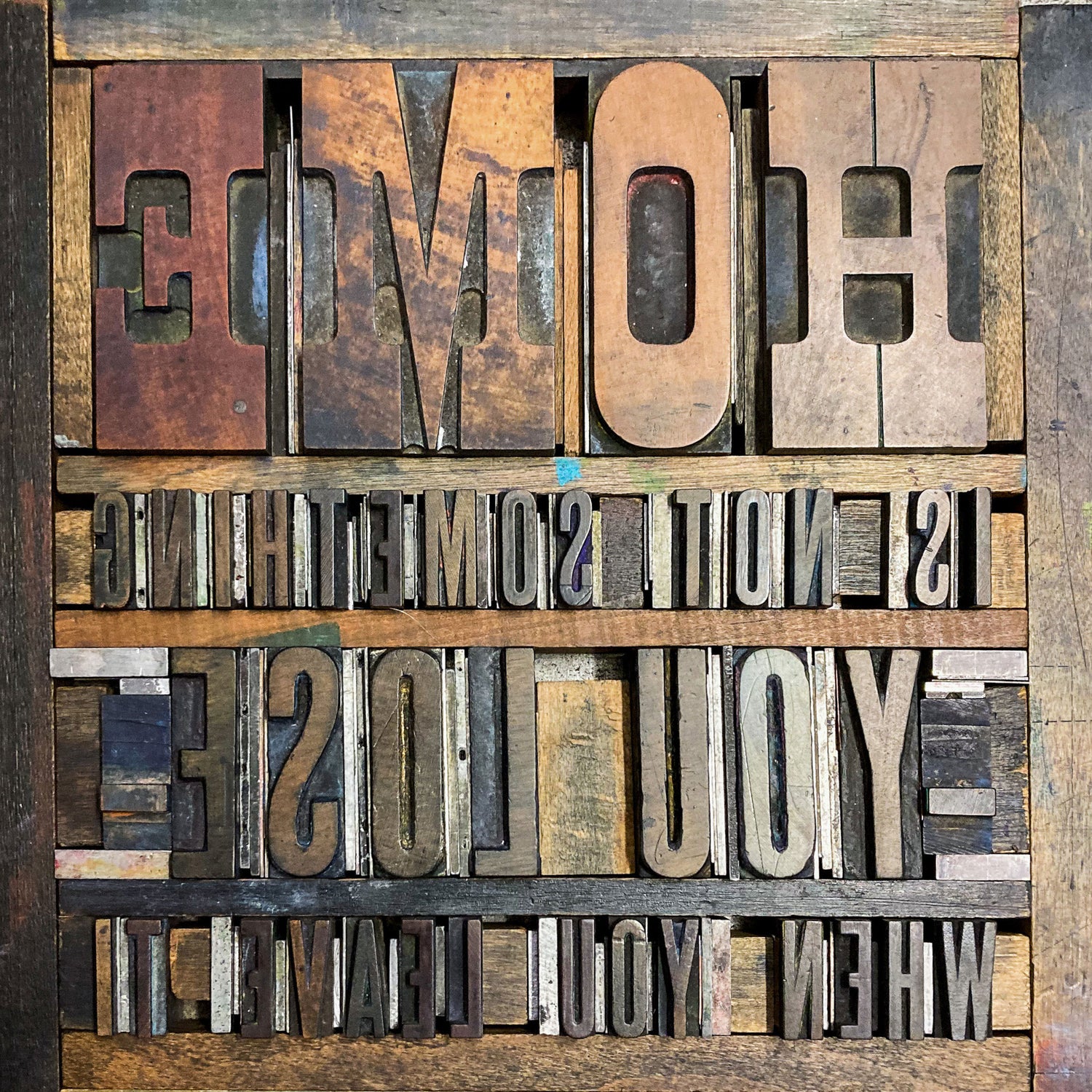
Locking Up The Form
Once a design has been determined, the next stage of the process is to “lock up the form” on the bed of the press. Locking up the form involves placing “furniture” (or small pieces of wood of various sizes) and metal spacing around the type in order to keep it from moving while printing. The video below shows this process.
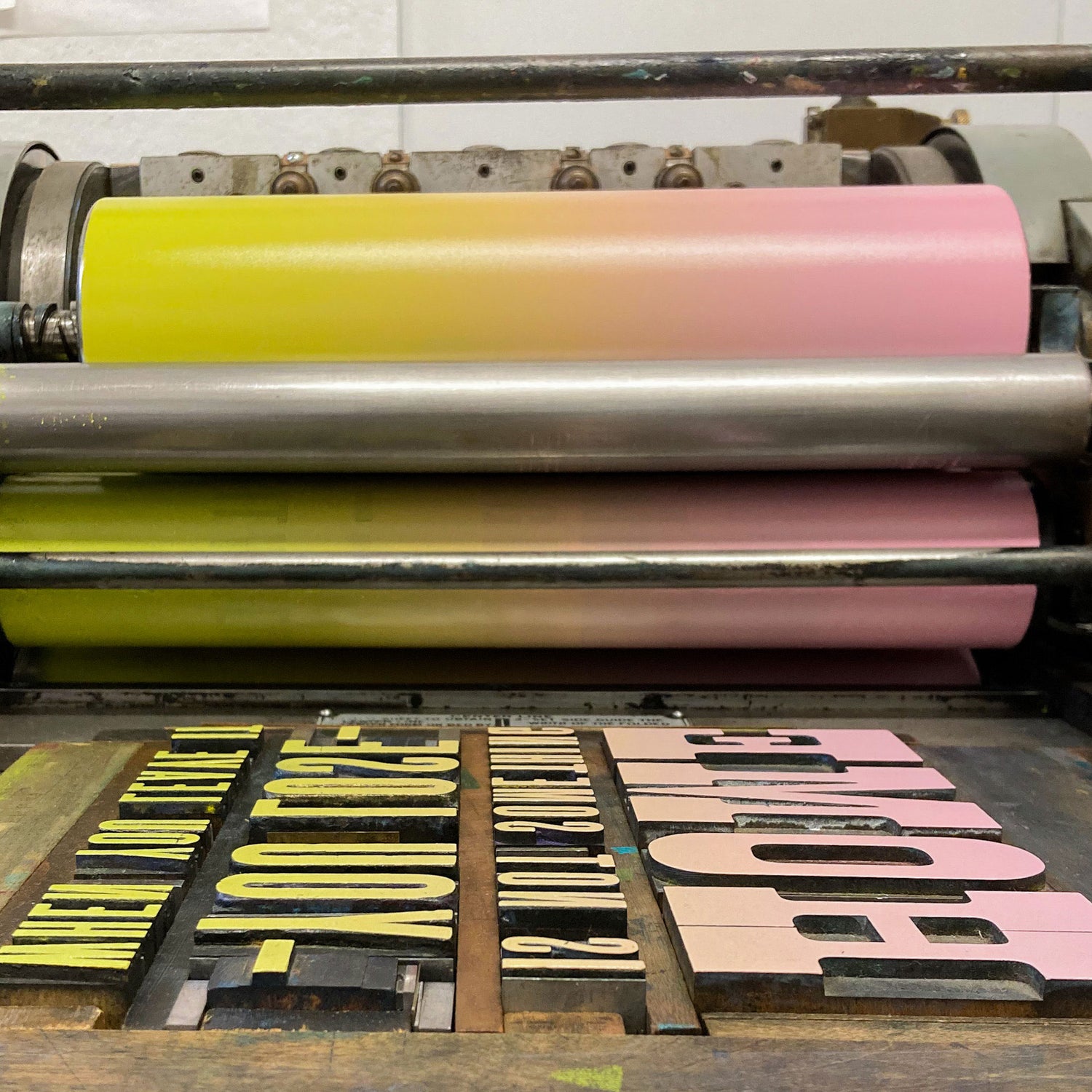
Inking and Printing
Then ink is applied to the from by various methods (sometimes by hand and sometimes by way of the press itself) and paper is pressed into the type with enough pressure to transfer the ink to the paper, and, importantly, create an impression on the paper. This tactile impression is what makes letterpress unique. You can run your fingers over it and feel the print.
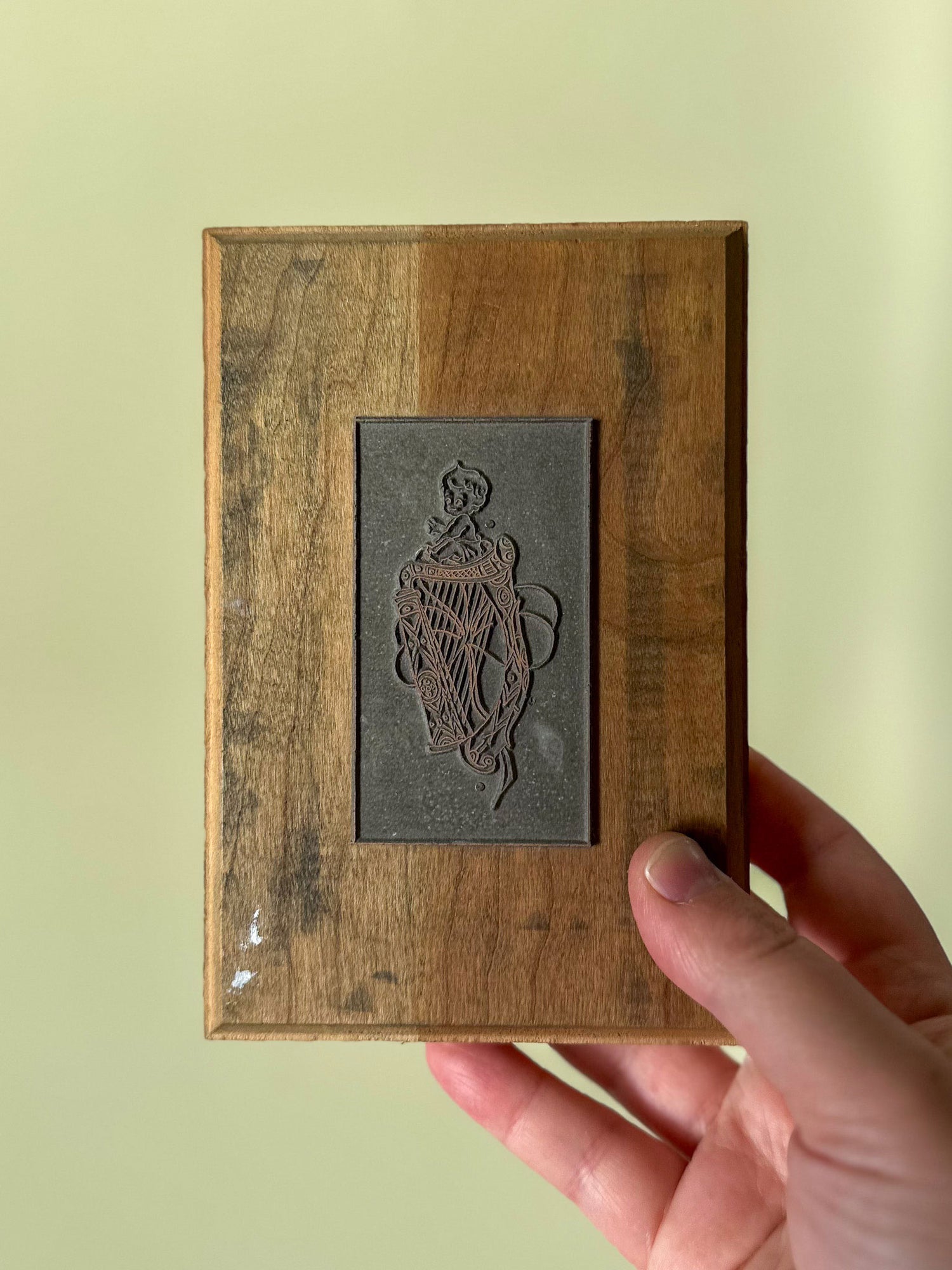
"Cuts", "Plates" and More
Letterpress can also include wood engravings, photo-etched zinc plates ("cuts"), or linoleum blocks, which can be used alongside metal type or wood type. In theory, anything that is "type high" (i.e. it forms a layer exactly 0.918 inches thick) can be printed using letterpress.
The cut pictured here is used in the "Lucky" print and was once used to announce the birth of my cousin more than 50 years ago.
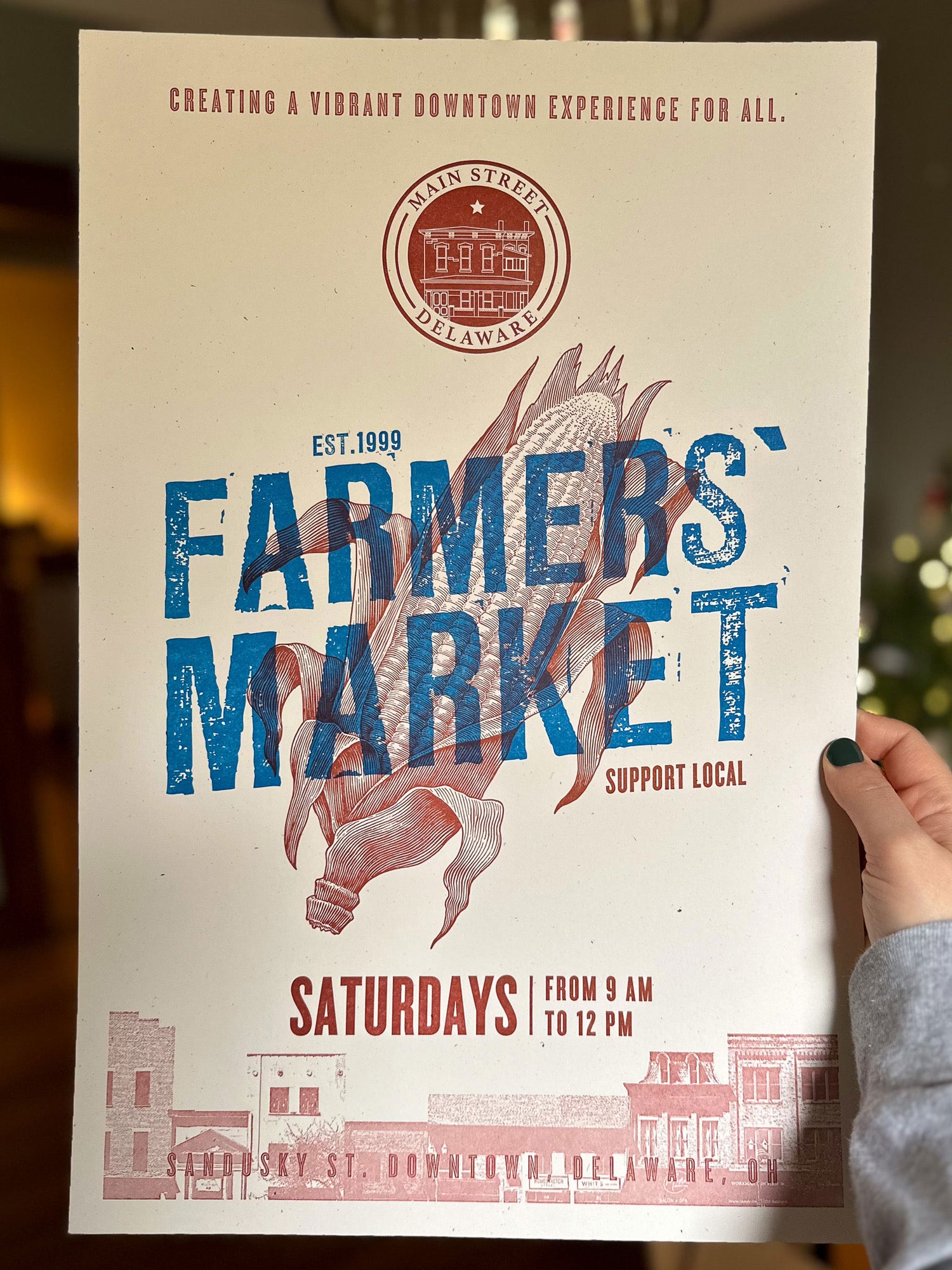
Polymer Plates
Another popular way of printing letterpress in the modern era is to use polymer plates. These are made of a thin, flexible plastic that has the design raised on the surface. Once the plate is made “type high” (exactly 0.918 inches) you can print it the same as any other type. This method has helped letterpress to have a resurgence of interest because it does not require the printer to have any physical type at all (which can be difficult and expensive to acquire and house). With polymer, the entire design process takes place on a computer, making the choices essentially limitless.
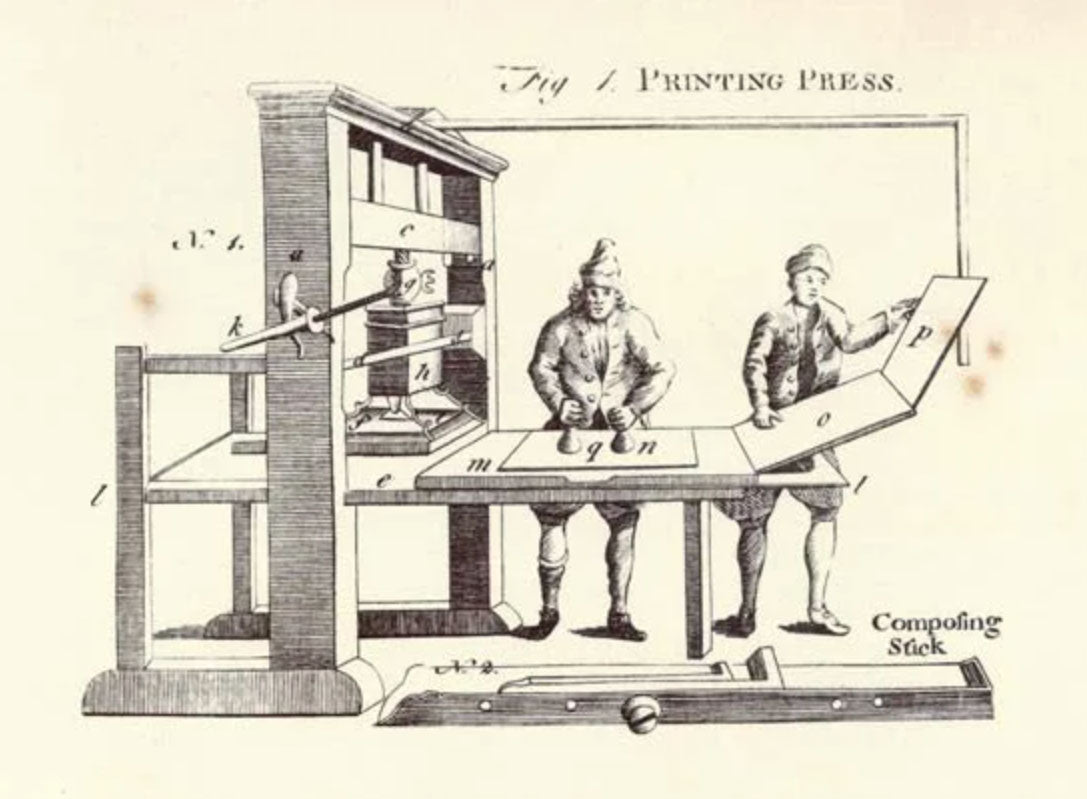
Gutenberg's Press
Letterpress printing was the normal form of printing text from its invention by Johannes Gutenberg in the mid-15th century through the 19th century, and remained in wide use for books, newspapers and more until the second half of the 20th century. After the development of offset printing in the early 20th century, it gradually replaced letterpress for the printing of books and newspapers.
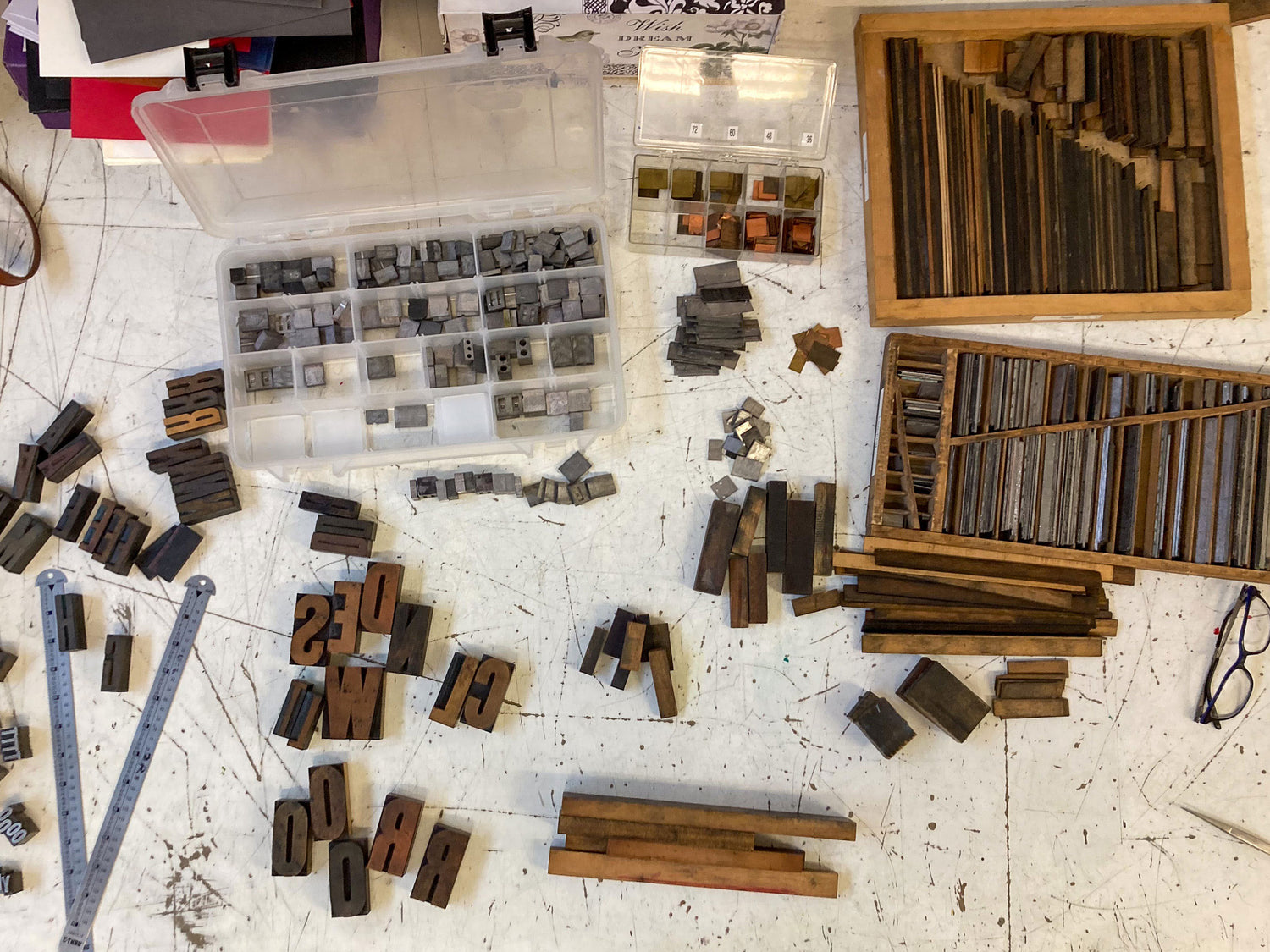
Keep Letterpress Alive
More recently, letterpress printing has seen a revival in an artisanal form. The individual printers who have “found” letterpress do their best to share their knowledge about the art form and teach new people about it whenever possible. It is an extremely welcoming community with one overarching goal: steward the tools (type, presses, etc) and keep letterpress alive.
